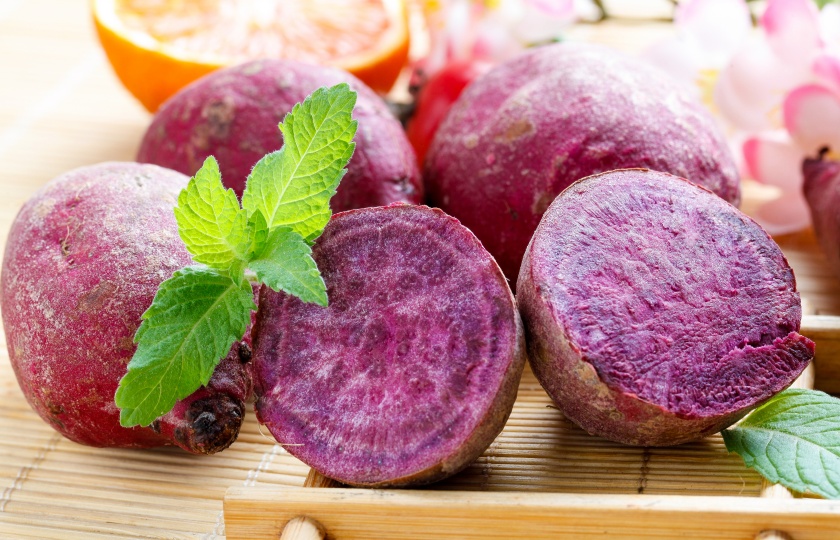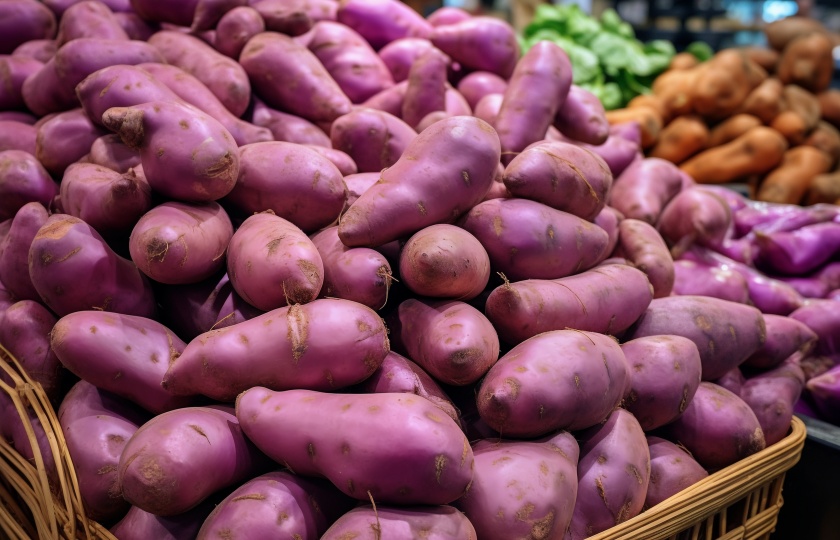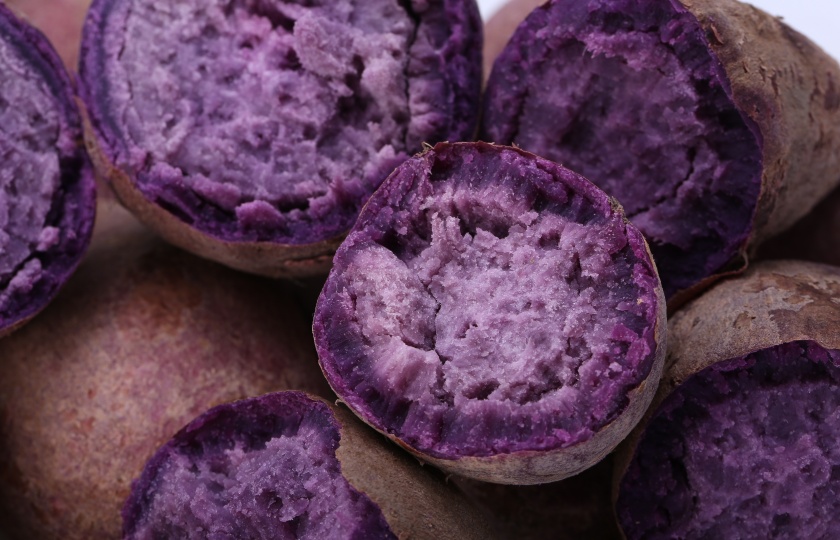Purple Potatoes White Inside: Reasons and Facts

Why is my purple potatoes white inside?
Normally, when you cut a purple potato, the inside should be purple as well, especially if it's a deep purple variety. If the inside is white, it could be a bit unusual. Sometimes it might be a different variety or the color may have changed due to long storage.
Generally, the deeper the purple color, the better it represents the potato's original flavor and nutrients. So, if you come across a completely white purple potato, it's best to check again! In any case, the signature feature of purple potatoes is that beautiful purple color, and if all is normal, the inside should also be purple.
Should the white parts of purple potatoes be removed?
If there are white parts inside a purple potato, there's usually no need to remove them. These white sections are just part of the potato, often due to storage or growing conditions.
However, if the white areas appear shriveled, spoiled, or moldy, it's better to remove them to ensure good taste and health.
A little tip: If the white parts are just small and don't affect the overall texture of the potato, you can simply cut them off, and it won’t affect the overall taste. Still, it’s better to choose purple potatoes with bright color and minimal white or damaged areas! This way, your dish will taste even better!

How to determine if the white interior of a purple potato is caused by spoilage?
First, the skin is an important indicator. If the purple potato's skin is damaged, soft, or moldy, be cautious—it may have spoiled. A good purple potato should have tight, smooth skin with a nice purple color.
Next, examine the white areas. If you cut open the purple potato and see large white sections, or if the area feels dry, rough, or discolored, it's likely a sign of spoilage. And if the white part has an unusual smell, it’s definitely best to avoid eating it!
Finally, try pressing the potato. If it feels soft, moist, or releases liquid when pressed, it’s definitely not fresh, and it’s best to discard it.
Does the taste of the white part of the purple potato differ from the purple part?
The taste of the white part of a purple potato is generally similar to the purple part, although the texture may differ slightly. The white sections might be drier or harder than the purple parts due to growing or storage conditions.
If the white section is healthy, its taste should be similar to the purple part, just with a different texture. However, if the white part has spoiled, it may have an off taste, so it’s best to remove it.

Do purple potatoes stay purple after cooking?
Purple potatoes usually retain their purple color after cooking, but the shade may lighten, especially if cooked for a long time. This color change is quite common, but don't worry, the taste and nutrition of the potato remain unaffected.
If you want to keep the purple color as vibrant as possible, try steaming them instead of boiling. Steaming helps preserve the color better. Also, controlling the cooking time is key—avoid overcooking to maintain the color!
Why did my purple potatoes turn green?
Purple potatoes turn green mainly due to exposure to light. When they’re exposed to light, especially sunlight, they can produce a substance called solanine, which is responsible for the green color.
Solanine is a natural toxin that can make the potatoes taste bitter, and while eating a small amount probably won’t harm you, it’s best to avoid them. If your purple potatoes have turned green, it’s better not to eat them. For future storage, try to keep them in a cool, dark place to avoid direct sunlight.























